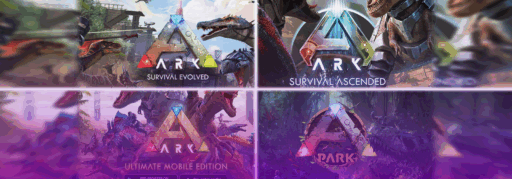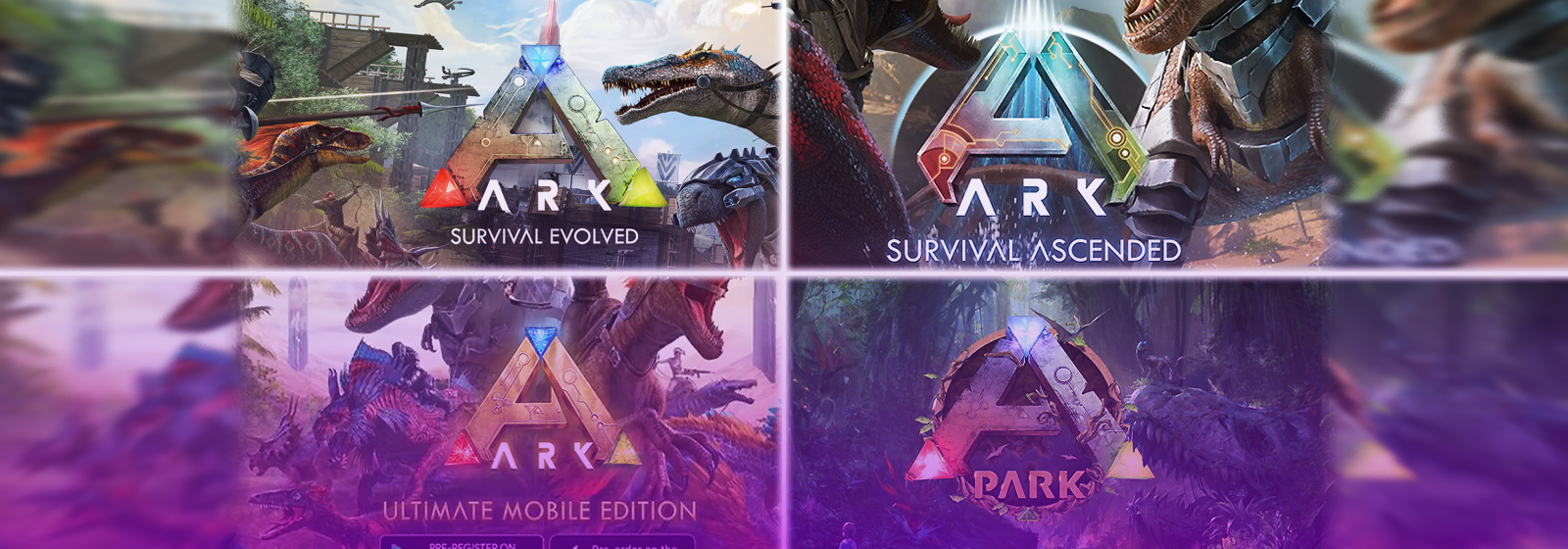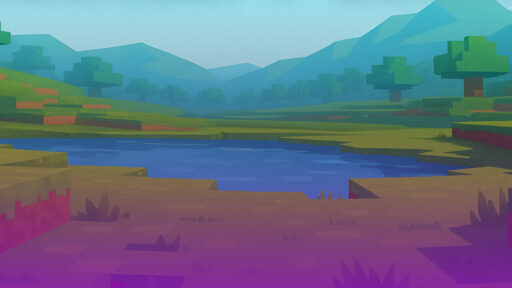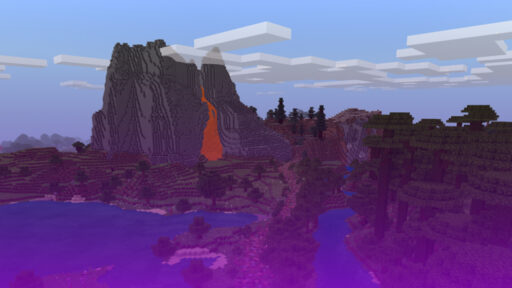Ark: Survival Evolved is an action-adventure survival game developed by Studio Wildcard, Instinct Games, Efecto Studio, and Virtual Basement. The early access version of Survival Evolved was released on June 2, 2015, for PC only. Two years later, the official version launched on August 29, 2017, becoming available for PC, Xbox One, Nintendo Switch, PlayStation 4, iOS, and Android.
The Ark franchise has grown significantly since the release of Survival Evolved, expanding through a series of DLC packs that not only add new maps but also introduce creatures, gameplay mechanics, and the continuation of a story that seeks to unravel the secrets surrounding the Arks in each of its expansions.
ARK Games: chronological order
1. Ark: Survival Evolved ― (Official version launched on August 29, 2017)
Survival Evolved expansions (DLC’s):
Scorched Earth ― September, 2016
Aberration ― December, 2017
Extinction ― November, 2018
Genesis: Part 1 ― February, 2020
Genesis: Part 2 ― June, 2021
Free expansions maps:
The Center ― May, 2016
Ragnarok ―June, 2017
Valguero ― June, 2019
Crystal Isles ―June, 2020
Fjordur ―June, 2022
2. Ark Park ― March 22, 2018
3. Ark: Ultimate Mobile Edition ― June 14, 2018
4. Ark: Survival Ascended ― October 25, 2023
5. Ark 2 ―(announced in 2020, there’s no release date confirmed yet)
Gameplay
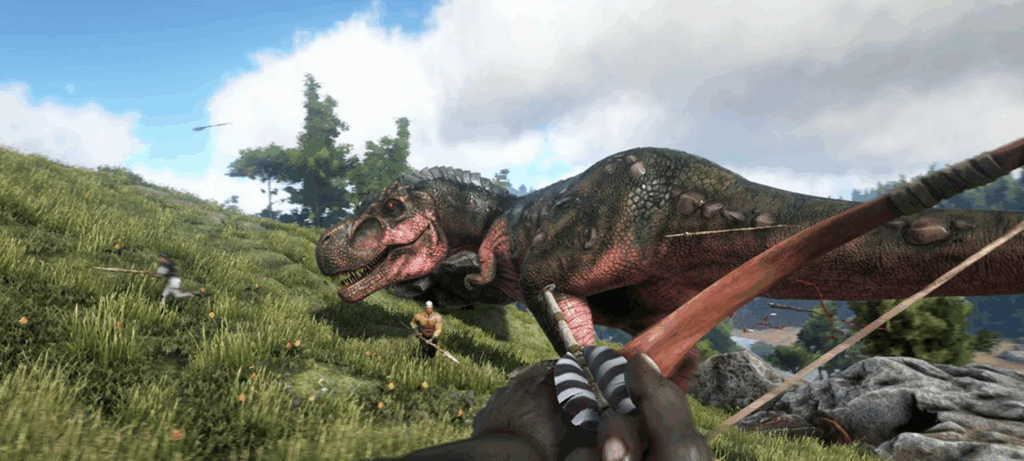
Ark gameplay focuses on survival in a hostile environment populated by dinosaurs and other prehistoric creatures (as well as fantastical ones). Players can choose between first-person, third-person, or free camera modes, switching between them via the interactive menu.
The player starts naked and without any items on the shore of an island known as The Island. They must gather resources, craft tools, and build shelters to protect themselves from predators.
The player character has several stats that must be managed: hunger, thirst, health, stamina, oxygen, and weight. Neglecting food or water will lead to death. Weight limits the number of items and resources the player can carry. These stats can be improved upon leveling up.
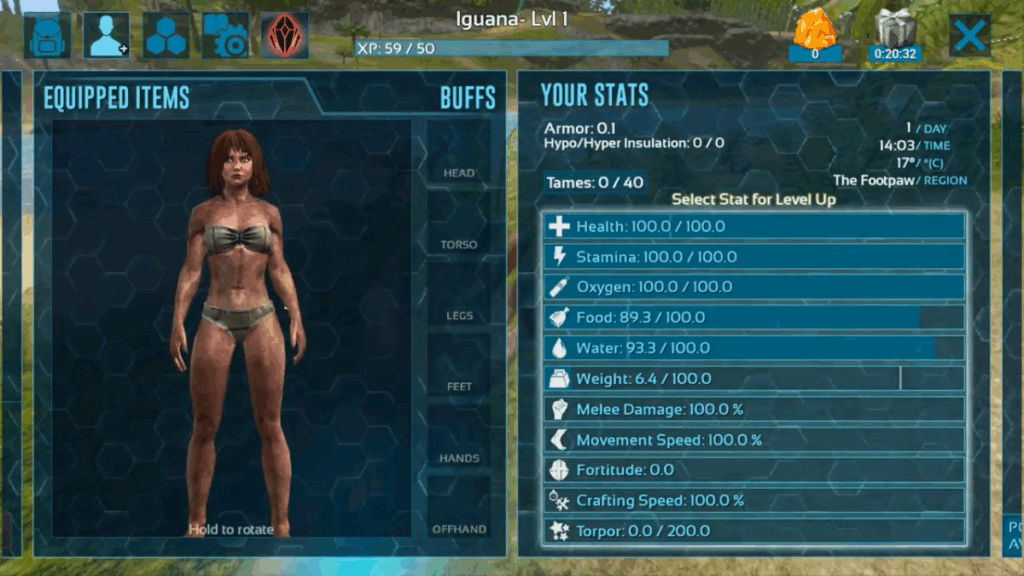
To level up, the player can perform almost any action (gathering, crafting, fighting) to earn experience points. Upon leveling up, the player can enhance their character’s stats and earn “engram points.” These points are used to unlock crafting recipes, called engrams, which allow players to create everything from a simple stone hatchet to automated turrets and high-tech armor.
Creature Taming
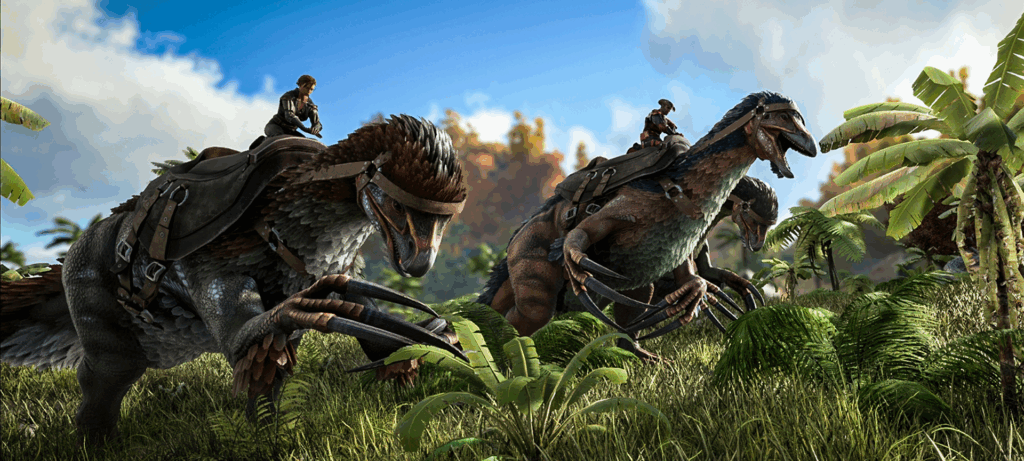
Nearly all fauna on the map can be tamed using different methods, whether by knocking them out and feeding them or through more passive and specific mechanics. These animals serve as mounts, pack animals, battle companions, or resource gatherers. The taming methods used are as follows:
1. Knockout Taming: This involves rendering the creature unconscious, either with fists, a club, tranquilizer arrows, or darts. Once unconscious, the player must keep its torpor high (using narcotics or narcoberries) while feeding it its preferred food (berries for herbivores, meat for carnivores) until the taming bar is full.
2. Passive Taming: Since some creatures cannot be knocked out and require a stealthy approach, the player must place the required food in the last slot of their hotbar and press the action key when near the creature to feed it. This process is repeated at intervals until the creature is tamed.
Once tamed, creatures can also be bred to produce offspring, which can inherit stats from their parents and gain a bond boost (“imprinting”) if the player tends to their needs during their growth.
Game map
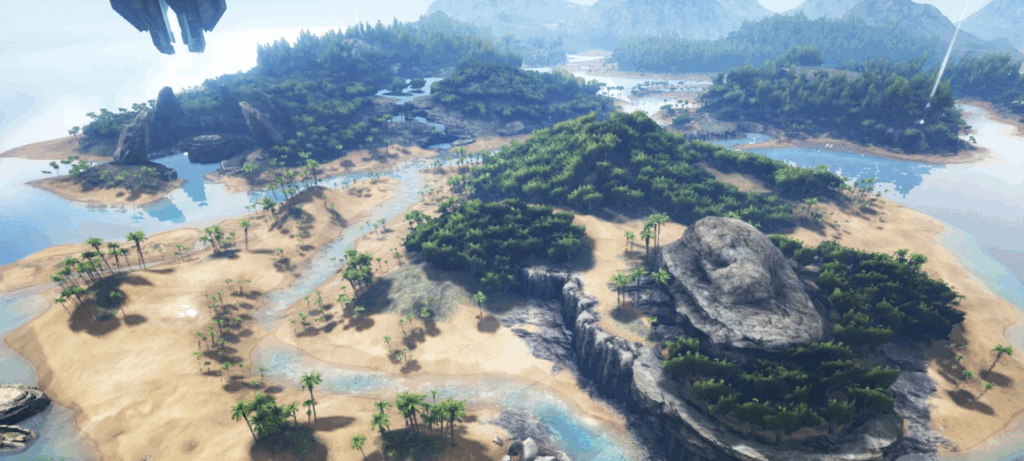
In the base version (without DLC’s) of Survival Evolved, players are introduced to the first official map, “The Island“. The map can be explored on foot, by boat, riding a dinosaur, or using one of the many transportation methods unlocked as the player levels up.
At first glance, The Island may appear to be a prehistoric landmass or a lost planet. However, it is actually an artificial construct, a kind of biological ARK (we’ll explore what the ARKs are later).
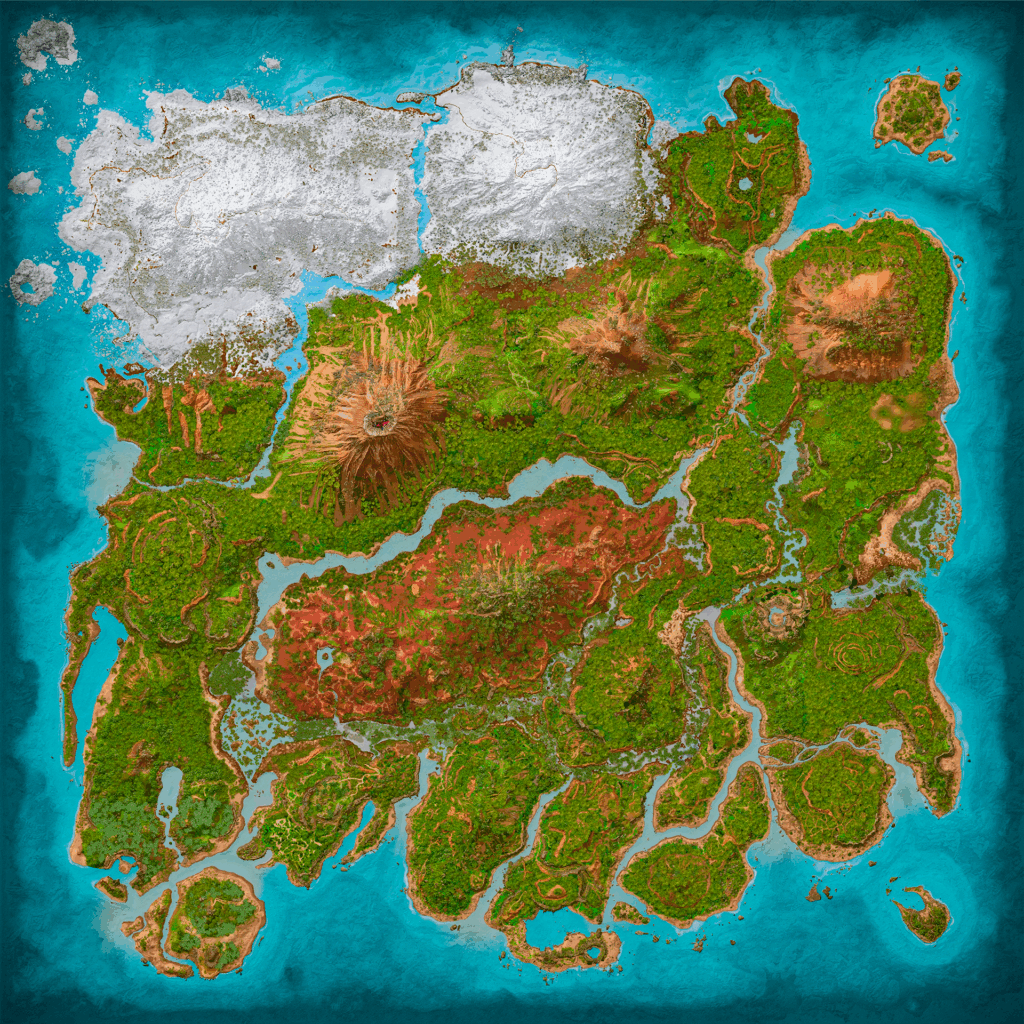
The map features three massive floating obelisks and “futuristic technology,” as well as loot crates that fall from the sky:
1. What are the Obelisks?: These are three enormous floating structures (red, green, and blue) visible from almost anywhere on the map. They function as terminals for transferring characters, items, and creatures between different Ark servers, as well as arenas for summoning the map’s bosses.
2. Supply Drops (Beacons/Drops): These are colored beams of light that periodically descend from the sky, bringing crates containing items and crafting blueprints. The color of the beacon indicates the loot’s quality and the required level to open it.
3. Caves: These underground systems contain valuable resources (such as crystal and high-quality metal) and artifacts. The caves are usually filled with high-level creatures, making them a significant challenge. The artifacts found inside are necessary to summon bosses at the obelisks.
Game expansions (DLC’s)
These are paid DLCs that expand Ark: Survival Evolved’s main story, transporting the Survivor to new challenges, maps, mechanics, and unique creatures, while advancing the narrative and revealing the ultimate purpose of the ARKs.
1. Scorched Earth
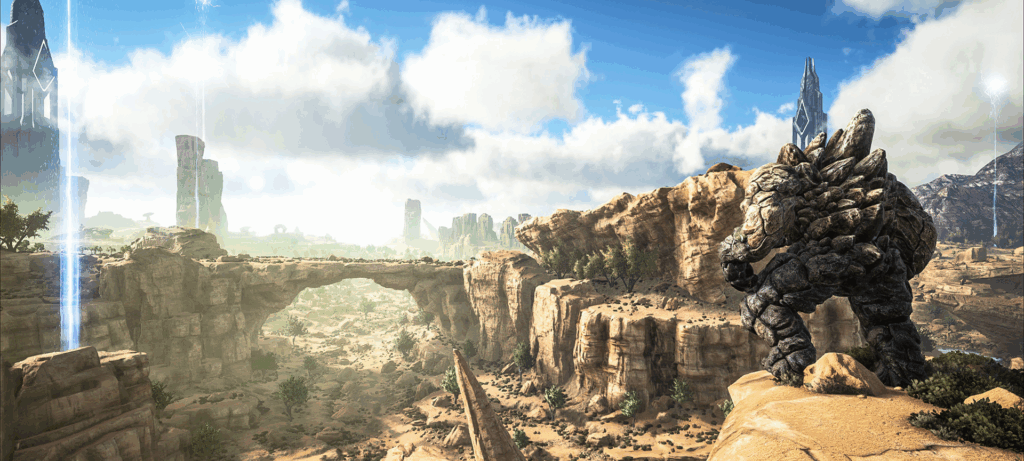
Released in September 2016, Scorched Earth is the first paid expansion, transporting players to a completely different ARK: a desert world. The map consists of six desert biomes, including dunes, high plateaus, and oases. Survival here is harsher due to water scarcity and extreme heat. It also introduces new weather events such as sandstorms, electrical storms, and heatwaves.
This expansion adds desert adapted creatures, the most iconic being the Wyvern, which players must raise by stealing eggs from their nests. Other creatures include the Morellatops (a camel-like creature that stores water), the Lymantria (a giant moth), the Jug Bug (which can store water or oil), and the Rock Golem.
2. Aberration
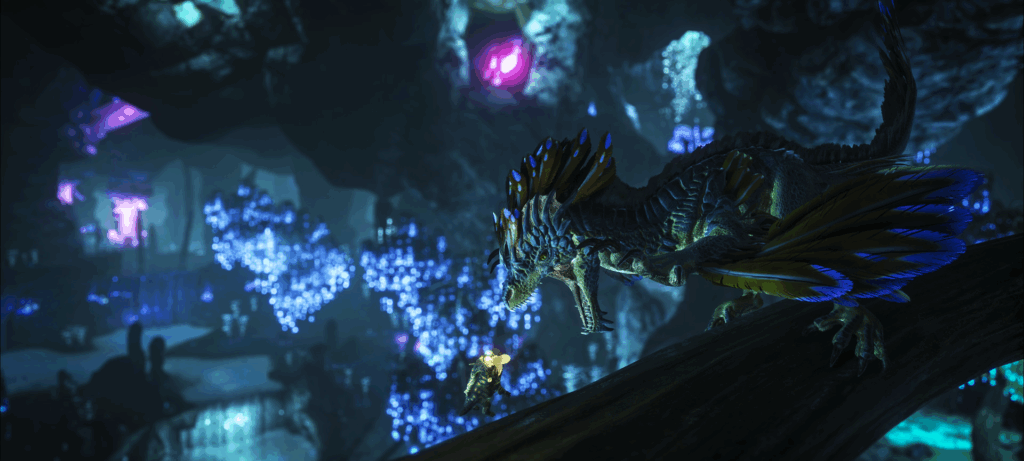
Released in December 2017, Aberration drastically shifts the game’s tone to a darker, sci-fi setting, as players awaken in a damaged ARK whose atmosphere has leaked away, forcing life to thrive in an underground cave system.
The surface of Aberration is a radioactive, burning wasteland, deadly during the day. Most of the gameplay takes place underground in bioluminescent, lush biomes. The environment introduces new hazards like earthquakes and radiation zones that require special equipment (the Hazard Suit).
Aberration features unparalleled creatures. The Nameless are subterranean creatures that attack in swarms and can only be repelled with charge light. The Reaper is a xenomorph like creature that can impregnate players, forcing them to “give birth” to a Reaper offspring they can raise. The Rock Drake is a lizard capable of climbing walls, gliding, and turning invisible. The expansion also introduces light-emitting creatures like the Bulbdog, which help keep the Nameless at bay.
3. Extinction
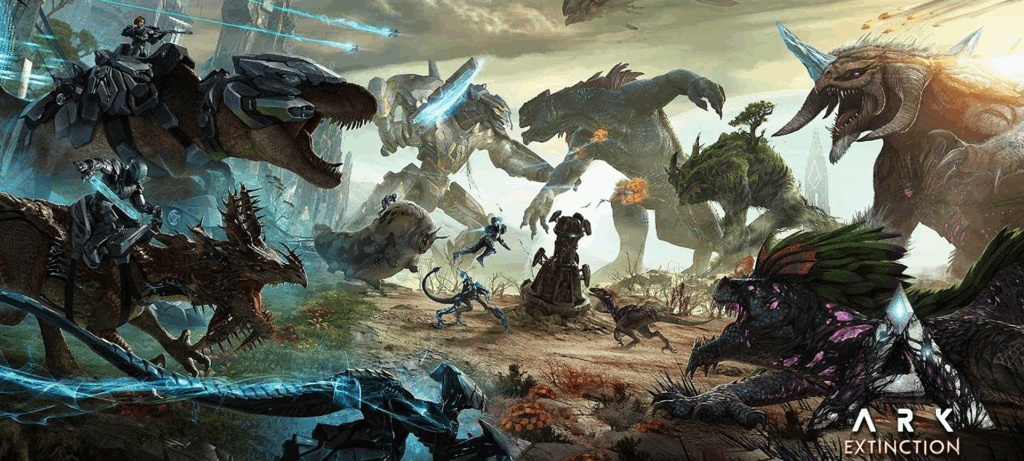
Released in November 2018, Extinction brings the struggle for survival to a post-apocalyptic Earth devastated by Element. The map features a ruined city (Sanctuary) as its central zone, surrounded by wastelands and “Proto-ARKs” simulating biomes from other ARKs. The planet is infested with Element, visible in the veins running across the ground. It introduces events like meteor showers and the defense of Orbital Supply Drops.
This DLC adds Titans, colossal creatures that act as world bosses and must be defeated to face the final boss. It also introduces Corrupted Creatures, aggressive versions of existing dinosaurs. New tamable creatures include the Gacha (which produces resources), the Velonasaur (a living turret), the Snow Owl (with thermal vision and healing abilities), and the Managarmr (a jet propelled creature).
4. Genesis: Part 1
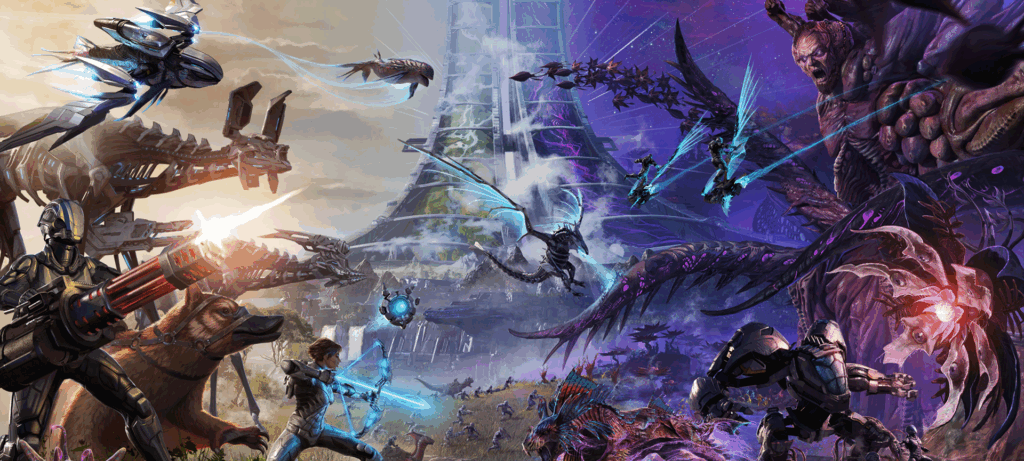
Released in February 2020, this expansion, along with its sequel (Genesis: Part 2) is part of the “Genesis Season Pass.” Players find themselves inside a virtual simulation with five distinct, separated biomes accessed via teleportation: a swamp, an arctic biome, a volcanic biome, an ocean biome, and a low-gravity lunar biome.
Genesis: Part 1 introduces a mission system provided by a floating AI named HLN-A. Completing missions rewards players with Hexagons, a currency used to purchase resources and items.
It also adds a variety of creatures, such as the Ferox, a small creature that transforms into a monster when consuming Element. The Magmasaur, a lava-swimming reptile. The Megachelon, a giant sea turtle whose shell can support a base and the Astrocetus, a space whale.
5. Genesis: Part 2
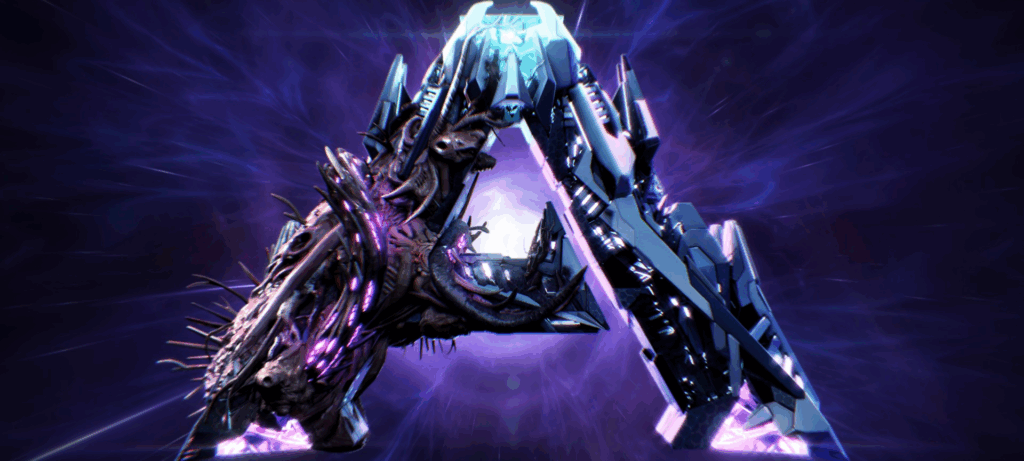
Launched in June 2021, Genesis: Part 2 concludes the Ark: Survival Evolved saga. It takes place aboard a massive colony ship, the Genesis Ship, traveling through deep space. The ship is divided into two rings: the right side is an Eden like paradise, while the left is a corrupted region twisted by Rockwell’s influence.
Genesis: Part 2 introduces powerful new creatures, including The Maewing, a platypus-flying squirrel hybrid that can nurture baby creatures. The Shadowmane, a lion with teleportation and camouflage abilities. The Stryder, a Tek creature with customizable modules for harvesting or combat and The Astrodelphis, a space dolphin equipped with a Tek saddle that allows it to fire lasers.
ARK Park
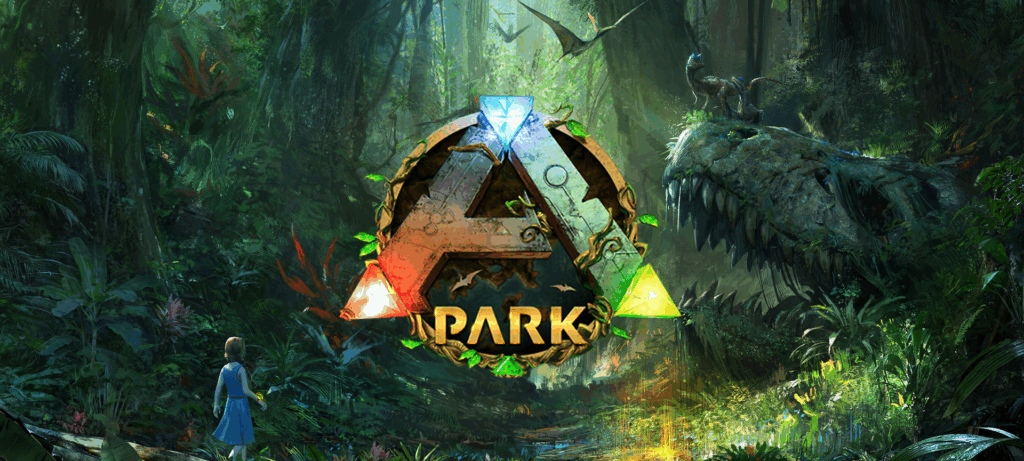
Ark Park was an attempt to bring the Ark universe into virtual reality. Developed by Snail Games and released in March 22, 2018, this game moved away from the survival approach to offer a more “contemplative” experience, similar to a dinosaur-themed park.
Players could explore different biomes, observe creatures, and gather resources in a simplified way. It included a story mode where players had to defend bases against waves of dinosaurs, as well as the ability to incubate eggs and raise their own creatures. However, the game received mostly negative reviews, with critics pointing out the lack of content, repetitive gameplay, and numerous technical issues, resulting in an experience that fell short of the community’s expectations.
ARK: Ultimate Mobile Edition
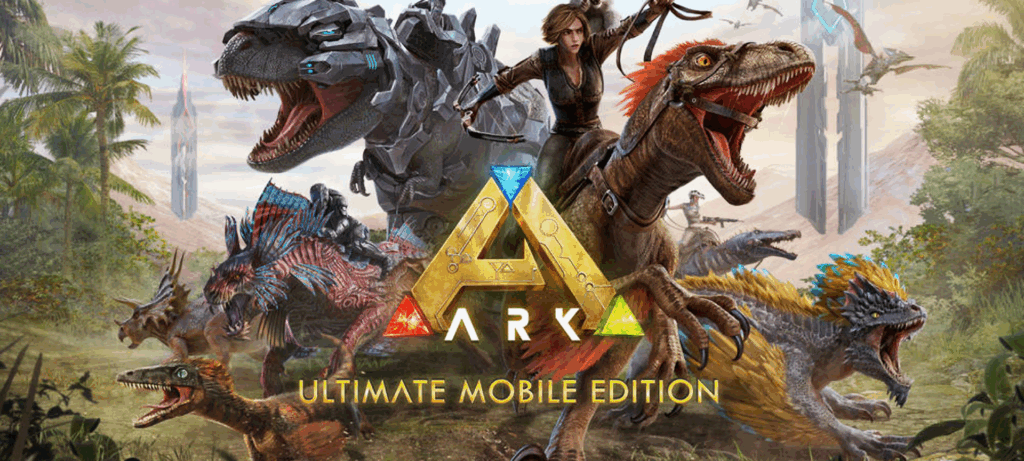
Ark: Ultimate Mobile Edition (previously known as Ark: Survival Evolved Mobile) is the mobile adaptation of the survival game developed by Studio Wildcard on June 14, 2018, and recent management and development handled by Grove Street Games since late 2024.
The transition to mobile imposed technical limitations, leading to noticeable differences compared to the PC and console versions. Graphically, the visual fidelity is lower, with reduced-resolution textures and simplified creature models to ensure performance on limited hardware.
Controls are handled via a touch interface, with on-screen menus and shortcuts for inventory management, crafting, and interactions. This interface has been a point of criticism since the shift to Ultimate Edition, with veteran players noting a less intuitive layout compared to the original mobile version (Survival Evolved Mobile).
A key gameplay difference is in single-player mode. Unlike multiplayer servers, which run continuously, time pauses in single-player when the app is closed. This affects processes like breeding and taming, which do not progress while the player is inactive.
Since Grove Street Games took over development of Ultimate Mobile Edition in 2024, they completely removed features exclusive to the original version (Survival Evolved Mobile), such as dungeons and missions, a point of contention for the established player base. The in-game economy was also restructured, replacing Balms with “Keys,” which serve a similar function of speeding up processes but are integrated into the monetization system.
ARK: Survival Ascended
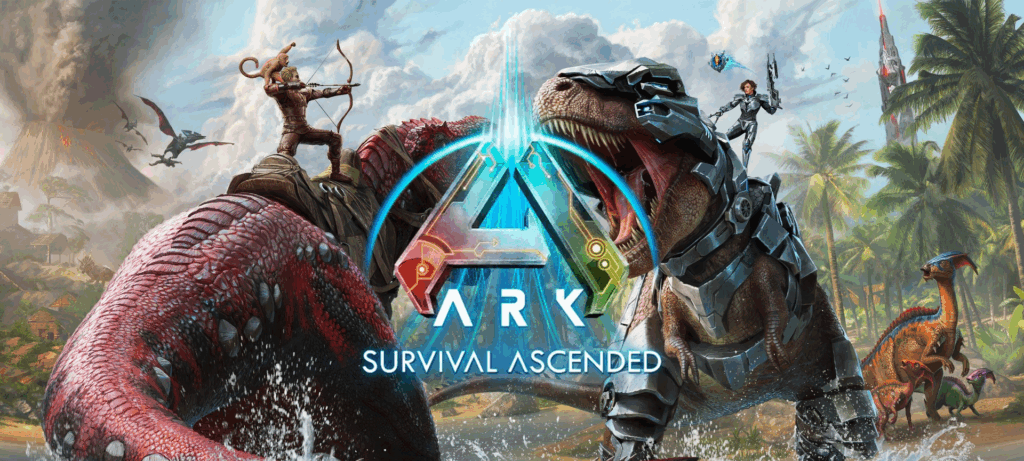
On October 25, 2023, Studio Wildcard released Ark: Survival Ascended, a complete remaster of the original game using Unreal Engine 5. This project wasn’t just a graphical upgrade, the game was rebuilt “from the ground up” to take full advantage of the new engine’s capabilities.
Among the most significant technical improvements are dynamic global illumination (Lumen), which allows light to interact realistically with the environment, and Nanite geometry, enabling vastly improved model and terrain detail without drastic performance costs. Additionally, long requested quality-of-life improvements were introduced, such as a more intuitive building system, an enhanced map, dynamic water and foliage physics, and the appearance of wild baby dinosaurs in the world.
Upon release, Survival Ascended was praised for its visual leap and gameplay refinements. However, it also faced heavy criticism for performance issues (even on high-end hardware) and its business model, as it was launched as a mandatory paid product, even for players who already owned the original game and all its DLC’s.
ARK 2
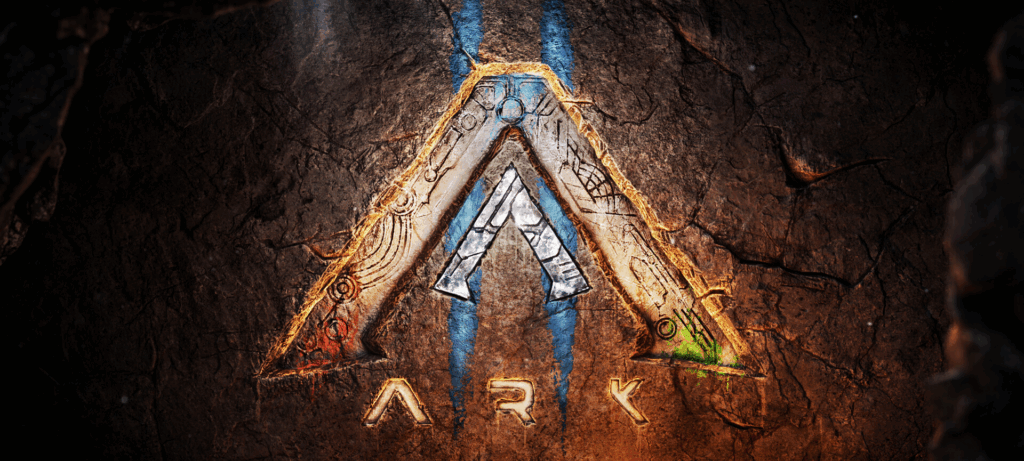
First announced in 2020, Ark 2 will take place on a new planet called Arat and will star Santiago da Costa, a character already established in Ark’s lore, portrayed by actor Vin Diesel. Diesel’s involvement goes beyond acting, he also serves as an executive producer and has reportedly taken an active role in the game’s creative process. The story is set chronologically after the events of Genesis: Part 2 and will explore both Santiago’s backstory and the mysteries of this new world.
One of the biggest changes in Ark 2 compared to its predecessor is the shift from first-person to an exclusively third-person perspective. Combat has been redesigned to be more tactical, inspired by Souls-like games, featuring mechanics such as target locking, dodging, blocking, and combos. Movement has also been expanded to include parkour, free climbing, and sliding.
Ark 2’s development has been plagued by multiple delays, originally slated for 2022, it was pushed to 2023, then to late 2024, a deadline that also wasn’t met. Studio Wildcard’s sparse communication has fueled uncertainty within the community. It has been confirmed that the game is being developed in Unreal Engine 5 and, at launch, will be exclusive to Xbox Series X|S and PC, available on Game Pass from day one.
